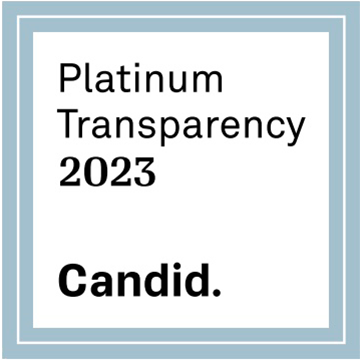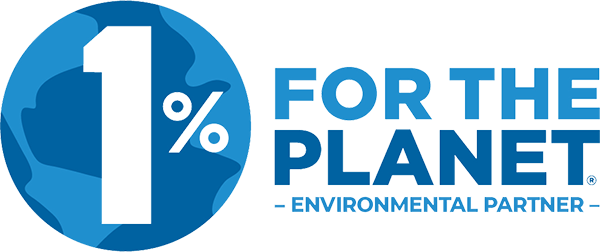General & Comprehensive Plans
Training that brings land use planners and water resource managers together to discuss and provide tools to improve integration, coupled with follow-up technical and planning assistance, can result in prioritization of water efficiency in plans and zoning codes.
Training can provide an opportunity for cross-departmental education and information exchange so that different departments are better informed about the others’ objectives, structure, and issues, and are able to recognize opportunities for coordination.
Directives from city managers and department heads to address a pressing community problem can result in modifications to general and comprehensive plans, and can lead to much-needed cross education and coordination between departments and jurisdictions as well as establish ongoing collaboration. Initiation of these kinds of proactive efforts by key community leaders can be critical in advancing innovative water conservation and the use of alternative water supplies, as well as in better aligning land use and water planning efforts.
An example is a partnership between Western Resource Advocates, a conservation non-profit organization, and the Land Use Law Center at Pace University to teach land use planning techniques that reduce future water demand to Denver-area communities. This Land Use Leadership Alliance (LULA) training program and workshops were provided to county and city land use planners and water planners. These workshops have created connections between land use and water planners within the same community, several of which had never formally met before. They have helped provide tools to cities, counties, and water utilities to create water smart development, including the Water Conservation and Building Regulations Matrix, found in the Additional Resources section below the case study. The workshops also led to incorporation of water efficiency provisions into the land use planning documents and ordinances of several communities.
Case Study: Plan Tucson, Tucson, Arizona
Initiated by the City Manager and County Administrator, the City of Tucson and Pima County Water and Wastewater Infrastructure, Supply and Planning Study (WISP) and 5-year Action Plan effort positively influenced both the County and City plans. Although this was not the original intent, according to a former interim City planning director, one of the WISP’s biggest achievements was its influence on an interdisciplinary approach in updates to the City’s general plan, “Plan Tucson.” In large part this was due to information exchange and to WISP’s role in providing a platform to discuss community issues and identify opportunities for collaborative solutions. The latter occurred in a series of regular meetings held over several years involving County wastewater, City water and development services, planning, and other departmental staff. The process built trust, a common knowledge base, and improved communication in ways that have continued to pay dividends.
Plan Tucson elements are now multi-topic to reflect interconnections; for example, the Water Resource Element is part of the Natural Resources chapter. The Plan cites the WISP study as defining a new paradigm for water resource planning that recognizes uncertainty, includes the natural environment as a water user, and builds upon the link between urban form and water use. It includes policies to integrate land use and water policy and, importantly, includes a table showing water related policies in all the other elements of the Plan.
Another policy states the City’s intent to consider service area expansion only when it furthers the long-term social, economic, and environmental interests of City residents. This service area policy encourages growth toward the incorporated area where there is existing water and wastewater infrastructure, with associated state revenue benefits, and where there is better alignment with transportation and other planning. In addition, Plan Tucson is focused on infill because smaller lots use less water. The City provides financial incentives like permit fee waivers, property tax abatement, and reduced setbacks to encourage infill.
Model Study And Water Resource Element
Contact
City of Tucson Planning and Development Services Department
Website: https://www.tucsonaz.gov/pdsd
Email: PDSDInquiries@tucsonaz.gov
Phone: 520.837.3708
Additional Resources
- The University of Arizona Cooperative Extension Service provides community planning assistance and training, which can be found at this link.
- The Land Use Leadership Alliance (LULA) training overview can be found here.
- LULA Water Conservation and Building Regulations Matrix shows where water conservation measures can be integrated into comprehensive plans, codes and regulations.
- The Urban Land Institute provides expert panels through its Advisory Services on a variety of subjects including resiliency, sustainable development, and planning. The program can be viewed here.



